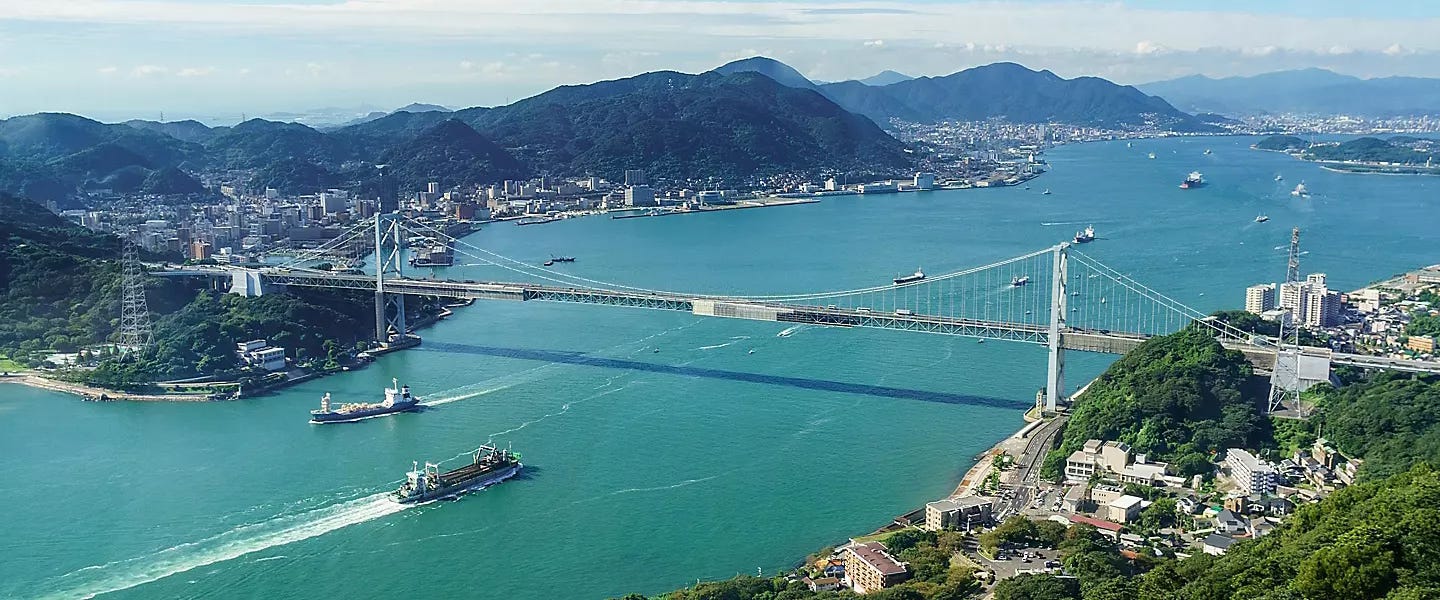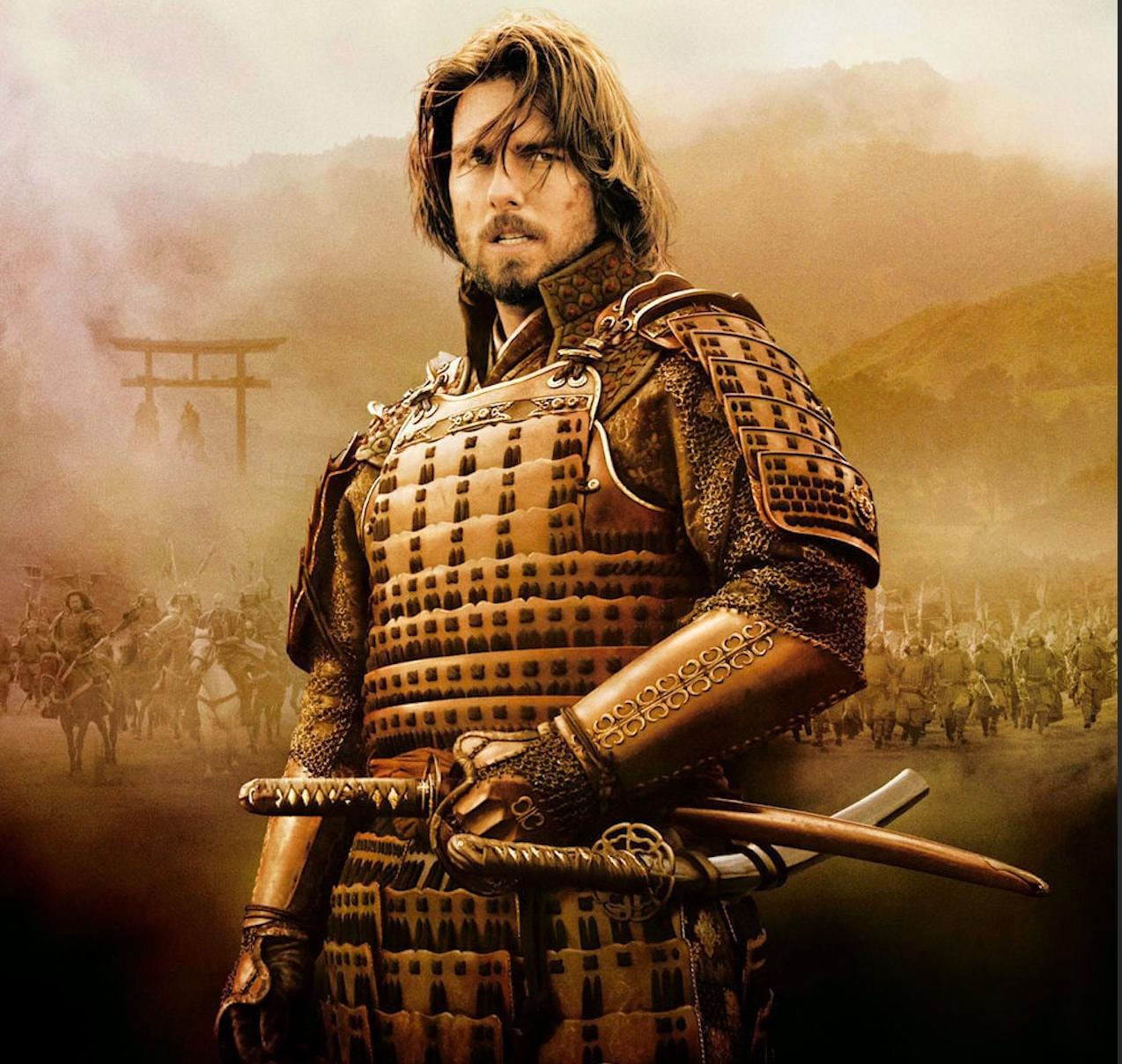TL;DR
Title: Samurai Revolution: The Dawn of Modern Japan Seen Through the Eyes of the Shogun’s Last Samurai
Author: Romulus Hillsborough
Dewey #: 925 (History & Geography > History of Asia > Japan)
Actual Topic: The (literally) gory details of the last years of the Shogun
Length: 589
Rating: 3.50 (deep but slow history)
Who is it for: Japanophiles, history buffs, those who don’t want to take the butcher’s word for it
Well team, we’ve made it through another round of the Deweyverse! With this week’s review, we will have done another book from each of the major categories. Like last time, I’ll be taking a 4-6 week break before offering some further reflections, updating the Deweyverse League standings (big step up for 000 this time!), and setting off again for another 9 unexpected books.
This week’s book is a big-un, a in-depth history of the opening of Japan and the Meiji Restoration. Starting in the 1850s just before the arrival of the U.S.’ Commodore Perry on his expedition to open Japan for Western trade and running through the fall of the Shogunate and the return of the emperor & his imperial court to political power, Samurai Revolution captures the incredible, bloody, and dramatic story of Japan’s sudden transition from feudal kingdom to modern nation in just a few decades. Hillsborough helps bring this nation-sized struggle to life by closely following the life and career of Katsu Kaishu, the “father of the Japanese Navy” and one of the last military leaders of the Shogunate.
I’ll admit, as a history buff and someone who has read quite a few biographies, I found Samurai Revolution slow going. This is not a beginner-friendly book - it is authoritative, comprehensive, and, if as I stuck with it, a fascinating account of an incredible transformation. Hillsborough’s use of Katsu Kaishu is very helpful in providing a protagonist & grounding the epic scope of the book, but it is still a dauntingly detailed account of the plots, bluffs, and intrigues between the various feudal domains, lords, and powerbrokers set in (at least for me) a deeply foreign context. It is rewardingly rich once you are in, but it is definitely a steep learning curve.
The best way to describe Samurai Revolution is magisterial. Hillsborough has gone the distance and provides a deep, authoritative history of Japan in the mid 1800s during the end of the Shogunate and the Meiji Restoration. If you want to fully understand how the Restoration took place, with all the ups and downs and characters and plots and counter-plots and intrigues, I don’t think there will be a better book (in English) than Samurai Revolution.
This is particularly true given Hillsborough’s familiarity with Japan, having lived there for 25+ years and fluent in the language. He is clearly knowledgable on the primary sources and direct accounts such as journals, writings, and interviews that help historians sift facts from rationalizations and alibis. And he doesn’t take this familiarity for granted, making sure to provide the critical cultural context that Western readers lack. The political and economic system are explained early, and there is a great chapter detouring to explain and explore the concept of bushido and the samurai honor codes.
Good historians do this even for societies more familiar to their readers, because it is easy for readers to understand how different things. The events of 1775 and 1776 feel different when you remember Boston at the time was what we would call a small town (Pop: ~15,000) and the entire Massachusetts colony population was just over 200,000. Hillsborough does a good, if somewhat dry, job of introducing the intricacies of the political and social system of Shogunate Japan, from the levels of han (feudal domains) to the sub-classes of samurai. The use of Katsu Kaishu as a protagonist also helps ground the work in the reality of day-to-day Japanese life and make the various factions, players, and events easier to wrap one’s head around.
All of these helps give color and detail to what is the core strength of the book - the fundamentally fascinating story of the fall of the Tokugawa Shoguns and the Meiji Restoration. In the fifteen years from the shock of Commodore Perry’s arrival in 1853 (traditional calendar year Kaei 6) to the return of the emperor as the Empire’s political leader in 1868, Japan went through incredible turmoil and a low-level civil war as the hans, their leaders, and their samurai came to grips with their weakness versus Western militaries and the need for rapid modernization. And what sets the story apart is the fact that they were successful in fending off western advances, maintaining national unity, and bringing their military and economy up to 19th century standards within a generation. Learning from what they saw in India and China, the Japanese were able to chart what I would assume is the most successful course for any nation or people following European contact between 1500 and 1900. It makes for high stakes and Hillsborough gives a thorough, informed exploration of those critical years.
The biggest weakness of the book is its same strength - it is very, very thorough. For those looking for an approachable intro to this period of Japanese history, Samurai Revolution will be overwhelming. Hillsborough does his best to make it readable and exciting, and the natural drama1 helps as well, but ultimately this is meant to be an authoritative, detailed account. We get details on annual rice apportionment, the cost and number of guns of every Western ship Katsu Kaishu buys as head of the Japanese navy, and the intricacies of imperial court politics in gruesome (sometimes literally) detail. If I was writing a paper on the Meiji Restoration, this book would likely be my bible because anything related to the fall of the Tokugawa Shogunate and the rise of the emperor would be covered here. It rewards you for just sitting back and going with the flow, but let’s just say that I didn’t think it really picked up until after the first 200 pages or so.
It is particularly tough because while Hillsborough does a good job of explaining the cultural context of Japan, he does an awful job of providing practical context through maps, images, or timelines. I found myself using Google Maps to look up where Shimonoseki was & why it would be a critical chokepoint and consistently flipping back and forth to the small-font-size glossary to recall who individuals were. Parts of the book are akin to a Shakespearean history, with Gloucester and Surrey and and Salisbury replaced by Mito and Choshu and Satsuma. This combines with the frequent alternation between western dates and the Japanese traditional calendar to make the timeline and players all a little discombobulated. After a while, I got the hang of it (especially when I found the back glossary relating Japanese era names to western dates (e.g. Ansei 1-7 is 1854-1860)), but it makes the book very hard to approach without a previous grounding in Japanese history and geography.

All of history is simplification, and writing or teaching history comes down to deciding what gets included and what gets left out. One of the things I enjoy about biographies (at least the good ones) is how they force you to go along for the ups-and-downs of a person’s life. Even the most successful people struggle and have near-misses or Hail Mary hits. There is something satisfying about seeing some of those gory details, be it the biography of Peter Higgs I reviewed earlier in this round of the Deweyverse or Samurai Revolution.
Most people will not like Samurai Revolution. It is hard to approach, overly detailed, and takes too long to get going. But it’s a marathon not a sprint. For folks willing to go with the flow and dive into the book, that detail becomes critical to the narrative. It helps you imagine what it must have really been like for those struggling to find a new course forward for Japan following the arrival of Perry’s black ships. They were in a brave, new world - the things they though had been true about their nation and it’s place in the world were suddenly and irreparably changed. They were forced to question their beliefs and adopt new ones to survive in the face of external pressures. It’s no surprise that it is a messy story, and while I can’t recommend Samurai Revolution unconditionally, I do think it captures more of the confusion and uncertainty of those living through such a historic time in a way I rarely see.
Fun Facts
One of the biggest appeals of Japan for Western traders was silver/gold arbitrage. In Japan, the gold coins were worth ~10 times a silver coin, a common gold-silver ratio. In Europe however, the huge abundance of New World silver had driven the value of silver down and by the 19th century most European currencies had a 15:1 ratio between the value of their silver and gold coins. This meant European traders could trade 10lbs of silver for 1lb of gold in Japan, convert it to 15lbs of silver with European banks, and then repeat for infinite profit. This open exchange system was quickly closed by the Shogunate, but only after 70 tons of gold had been exported from Japan, triggering a economic crisis and contributing to the downfall of the Shogunate.
The drama being mostly driven by the violence and huge number of suicides by seppuku throughout





